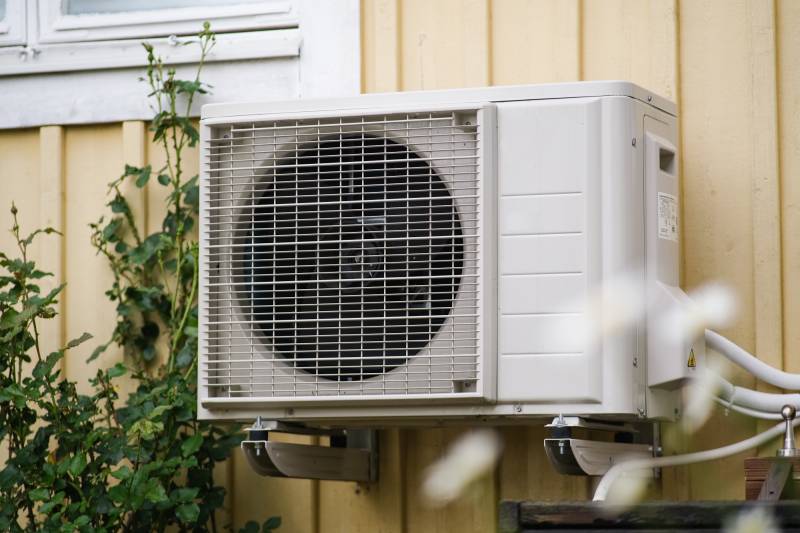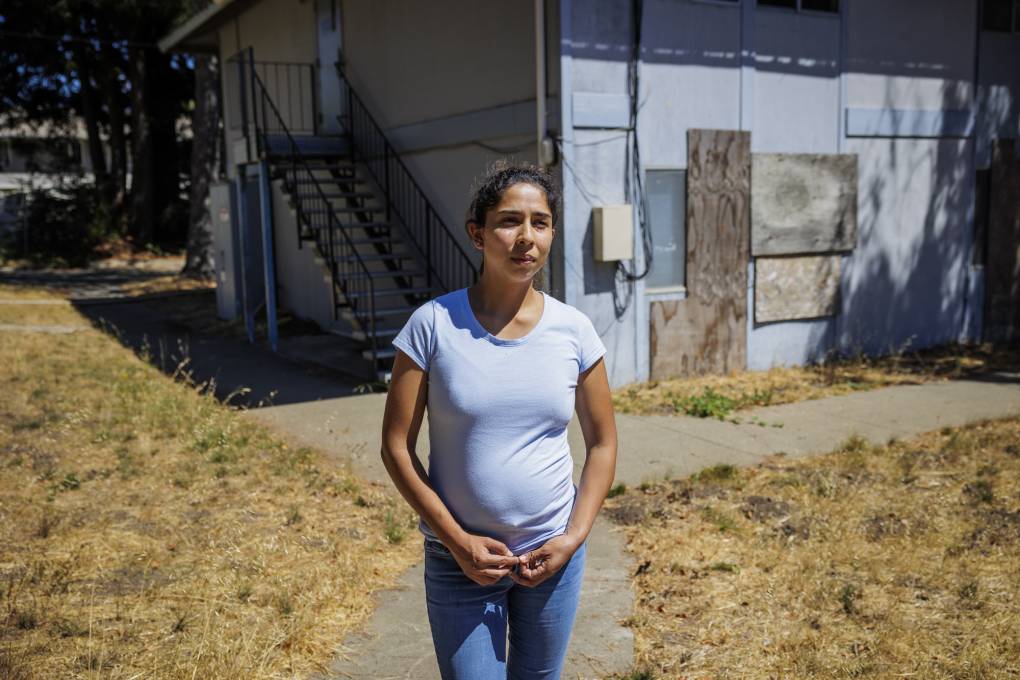“I think the CEC has really gone to the fullest extent they can under what authority they have in encouraging all-electric new homes,” Vespa said.
Such building codes can have strong effects on the market, Vespa said, noting that after the 2022 building codes began to prioritize electrifying homes, California saw “a larger share of new homes being all electric. This will push it even further.”
Opposition to the codes comes largely from equipment builders and manufacturers. The Air-Conditioning, Heating, and Refrigeration Institute, representing more than 330 manufacturers, has pushed back on the proposed codes, citing “several concerns and suggested improvements” in its comments submitted to the CEC.
Among their concerns are HVAC system requirements for small to medium offices and schools with different temperature controls throughout their buildings. The proposed building code does not require electric HVAC systems on these buildings but does incentivize using specific heat pumps, which AHRI said are “completely untenable for designers, building owners, and equipment manufacturers.”
Although builders can choose gas-powered options for HVAC systems instead of heat pumps, they would need to compensate for building efficiency in other ways, making it less attractive to install the gas-powered system.
The building standards are updated by the California Energy Commission, the state’s energy policy and planning administrator, every three years. The new codes will take effect on Jan. 1, 2026.
The codes are one lever for California policymakers as they try to meet a state target of carbon neutrality — when the amount of carbon dioxide emitted by the state is equal to the amount it absorbs — by 2045.
The state also has a goal of installing 6 million heat pumps by 2030, and the most recent numbers show California is a quarter of the way there.


